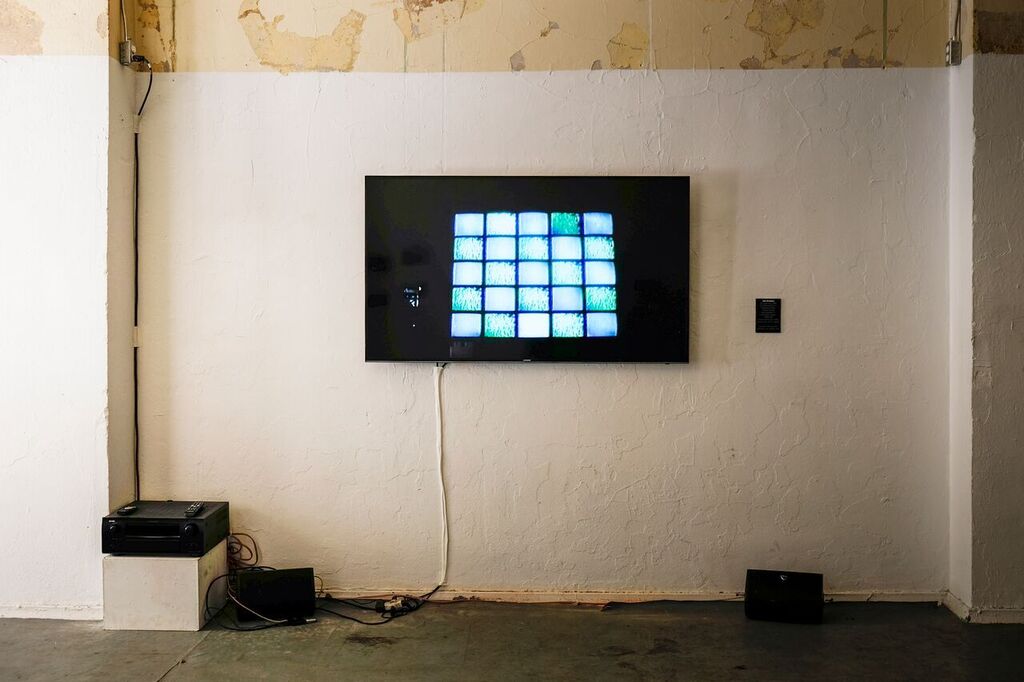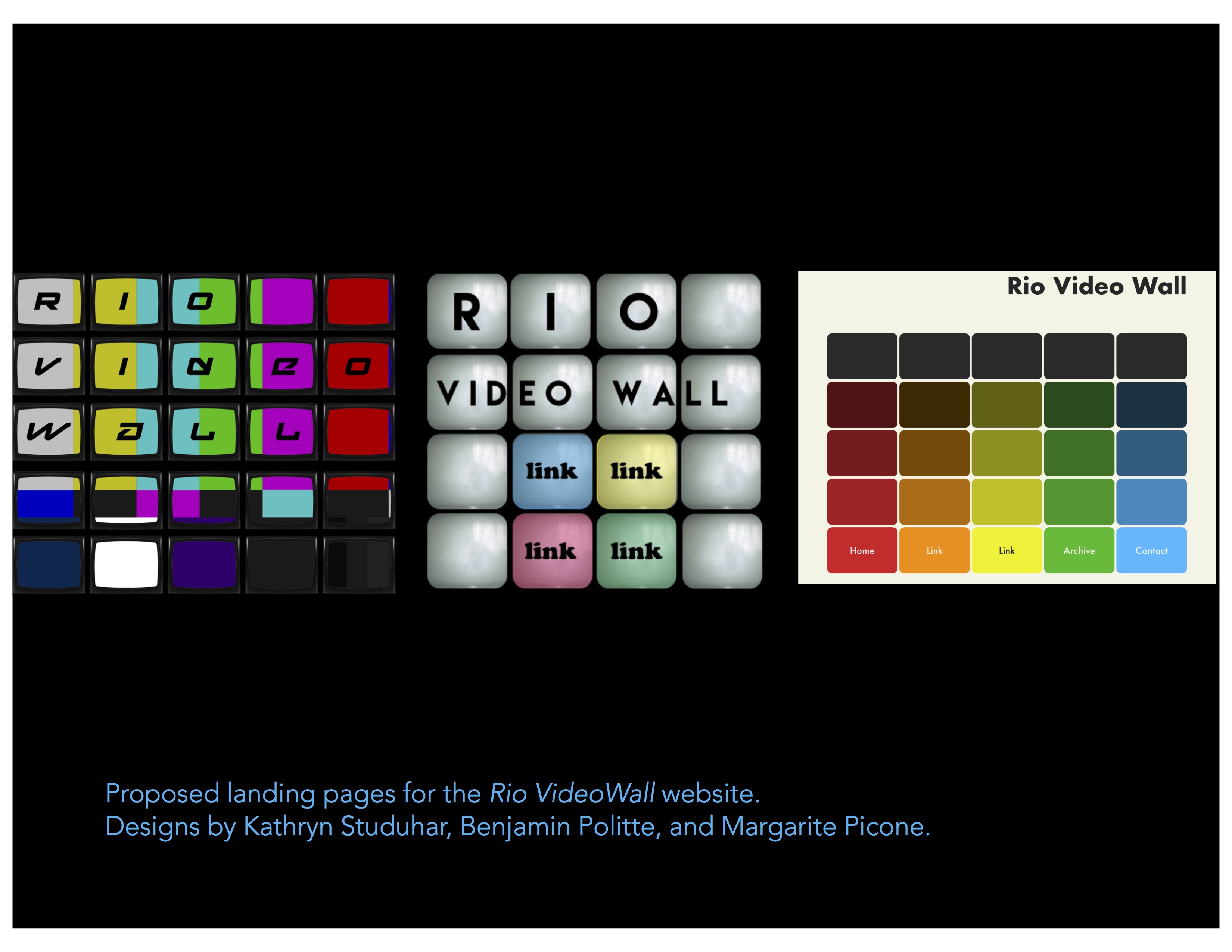Project leader: Gregory Zinman • Assistant Professor • School of Literature, Media, and Communication
Project members: Kathryn Stauduhar, Lindsay Knapp, Margarite Picone, Benjamin Politte
At the end of 2015, Zinman reached out to artist Dara Birnbaum to ask if she had materials relating to the VideoWall. Those discussions resulted in his exhibiting the recently-discovered and digitized documentation of the artwork’s opening as part of More Light, an exhibition of media art from Atlanta curated by Zinman and Kristin Juarez, of Georgia State University, in April 2016. The preparation for this exhibition involved regular correspondence with Birnbaum regarding the VideoWall’s conception and construction, as well as the limits of its preservation and display. As a result, the project team now possesses copies of the notes, plans, blueprints, press clippings, and other documents related to the VideoWall that will constitute the basis for its digital archive.

Dara Birnbaum, Rio Videowall documentation, 1989/2016. Exhibited as part of MORE LIGHT: Media Art from Atlanta, Eyedrum Gallery, Atlanta, 2016. Curated by Gregory Zinman and Kristin Juarez.
Installation view courtesy Christina Price Washington.
Zinman was recently awarded a grant from Georgia Tech’s Digital Integrative Liberal Arts Center to design and implement the digital archive in the 2017-18 academic year. Through a custom-designed website that draws from content stored using the Omeka digital archive platform, the website will allow serious scholars as well as the general public to access the many stages of the VideoWall’s design, construction, and eventual demise. The website will also feature demographic data and visualizations illustrating the racial and economic makeup of the areas around the Rio Shopping Complex at the time of the mall’s opening in 1987, at the time of its destruction in 2000, and today. In addition, the site will feature oral histories of Atlanta citizens who experienced the work, to be collected by Zinman and his students as part of a course module in the Fall 2018 semester. These artifacts and image assets will be contextualized with short essays written by the project team, with the archive scheduled to be completed by Fall 2018.

